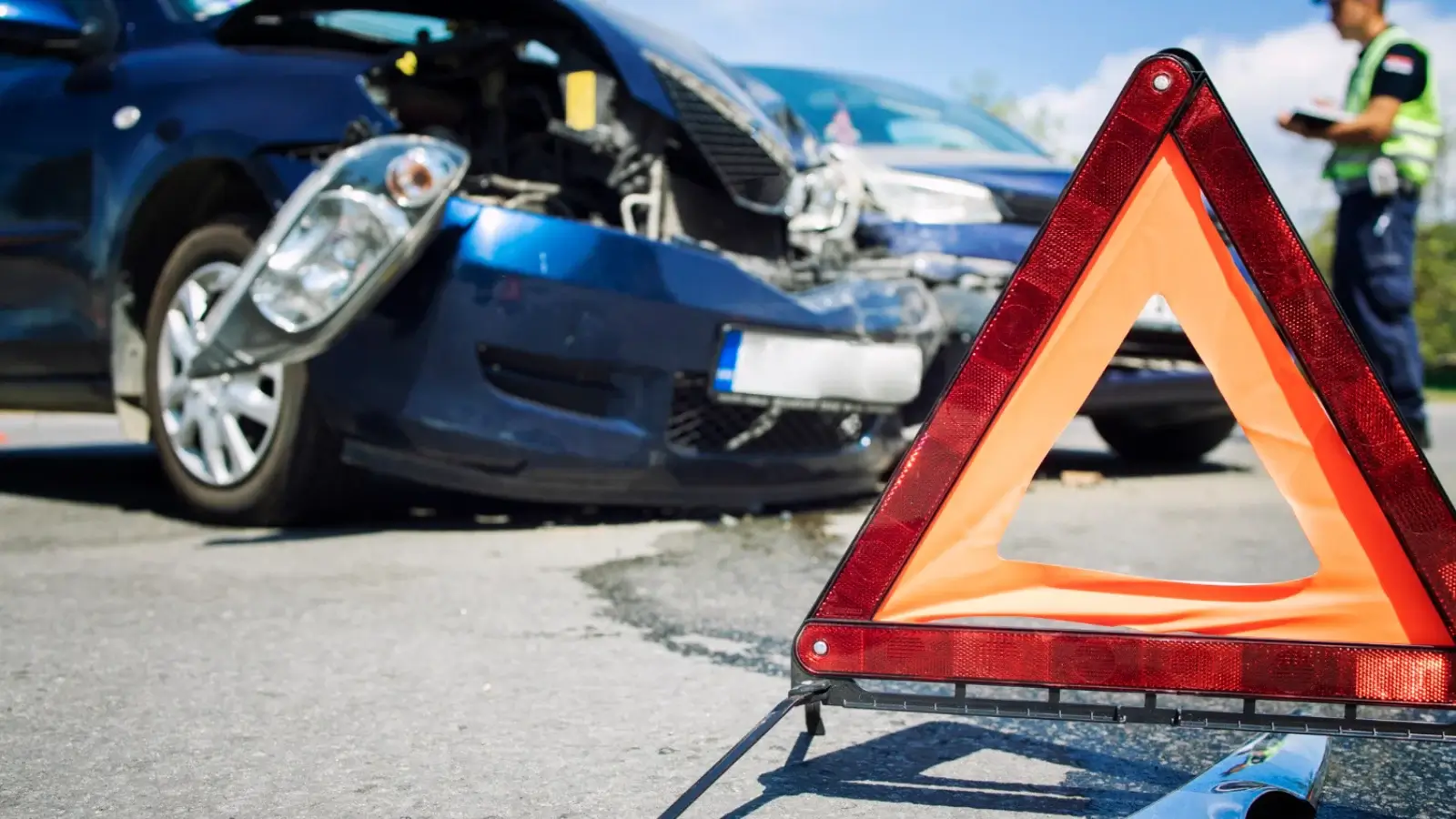


You are zooming down the freeway, all excited about your shiny new address in another state. Suddenly, you are in a minor smash-up.
Just when you thought things could not get more annoying, you realize that every state has its own complicated rules about car accidents. Some places blame the driver who caused the accident; others split the blame differently.
Hang tight while we unpack these laws because knowing this stuff could be a game-changer if you ever swap insurance details by the side of a road.
When you hear "at fault," think of responsibility. In at-fault states, the driver who caused the accident pays for any damages and injuries through their insurance. This type of system is straightforward—you do the damage, you pay the bill.
Compensation in these scenarios revolves around proving who is at fault, typically involving police reports and witness statements. Once responsibility is pinned down, the at-fault driver’s insurance shoulders costs from medical expenses to car repairs for anyone affected by their mistake.
In the world of no-fault accidents, things roll a bit differently. Here, no matter who caused the mishap, each driver goes through their own insurance to cover medical bills and other out-of-pocket losses. New Jersey, along with states like Florida and Michigan, operates under this system, which aims to speed up compensation without long fault-finding processes.
"Regardless of who is at fault, your insurance provides coverage for injuries. It simplifies claims but also restricts suing options," says New Jersey personal injury lawyer William J. Garces of Garces, Grabler & Lebrocq, P.C.
This system theoretically reduces court cases since it’s designed to handle small claims directly through personal injury protection benefits.
Diving into insurance requirements, at-fault states generally need you to have liability insurance. This covers the costs if the policyholder is responsible for an accident, ensuring they can pay for damages inflicted on others. It is about financial responsibility to those affected by your driving.
Switch over to no-fault states, drivers must hold personal injury protection (PIP). PIP helps cover medical expenses regardless of who caused the accident, reflecting the essence of no-fault principles.
At-fault insurance will typically cover all damages the policyholder is legally liable for, from vehicle repair costs to medical bills of the other party. The depth of coverage depends on the policy limits they have chosen. In no-fault states, your personal injury protection (PIP) kicks in for immediate expenses like medical treatments and lost wages, regardless of who caused the accident.
However, if your PIP is not enough and damages exceed your PIP limits and meet certain criteria—like severe injuries—you can step out of the no-fault system to pursue additional compensation from the at-fault driver.
In both at-fault and no-fault states, pinpointing who caused the accident impacts potential suit options and compensation. Proving fault typically involves collecting police reports, statements from witnesses, photos of the scene, and possibly traffic cam footage. Documenting everything post-accident also helps build a stronger case, whether you are pursuing a claim or defending against one.
Engaging an injury lawyer early can significantly tilt the scales in your favor. Legal experts adeptly navigate filings, handle negotiations with savvy insurers, gather crucial evidence, and champion your cause in court to ensure you get the rightful compensation according to state laws.
Getting the lowdown on your state's car insurance laws can save you a ton of trouble, seriously—even more so in no-fault states like New Jersey. It does not matter if it is just a scratch or something that makes you wince; understanding your coverage can take the edge off and help things get back to normal faster.
Always have your insurance details within easy reach, and do not hesitate to chat with an injury lawyer if things start to feel like a soap opera. Remember, knowing your stuff about insurance is almost as important as having reliable brakes.